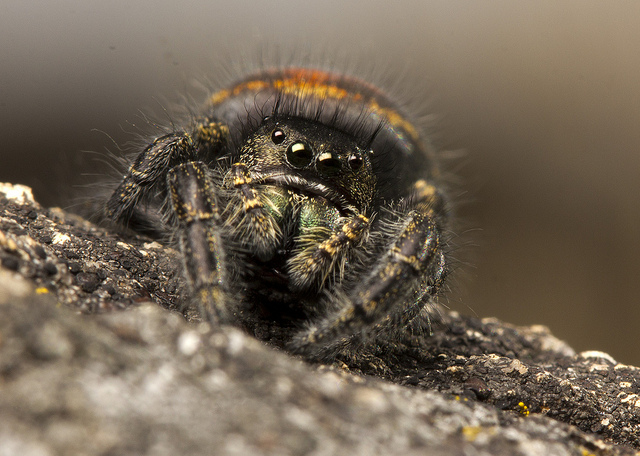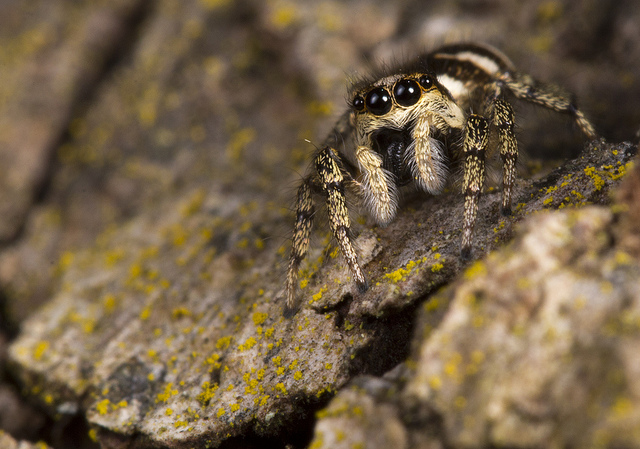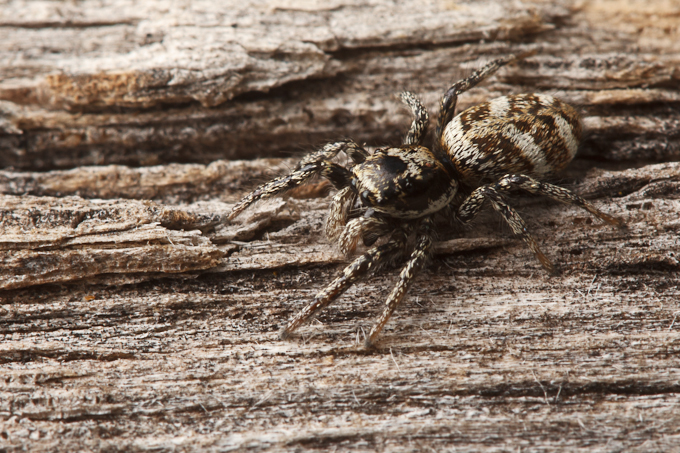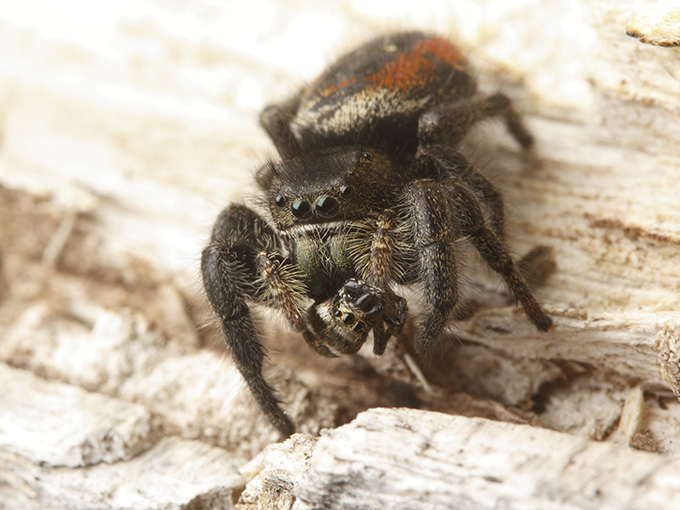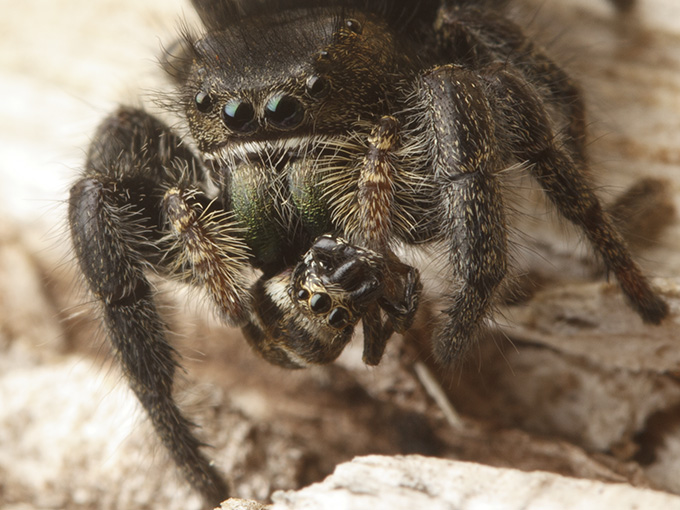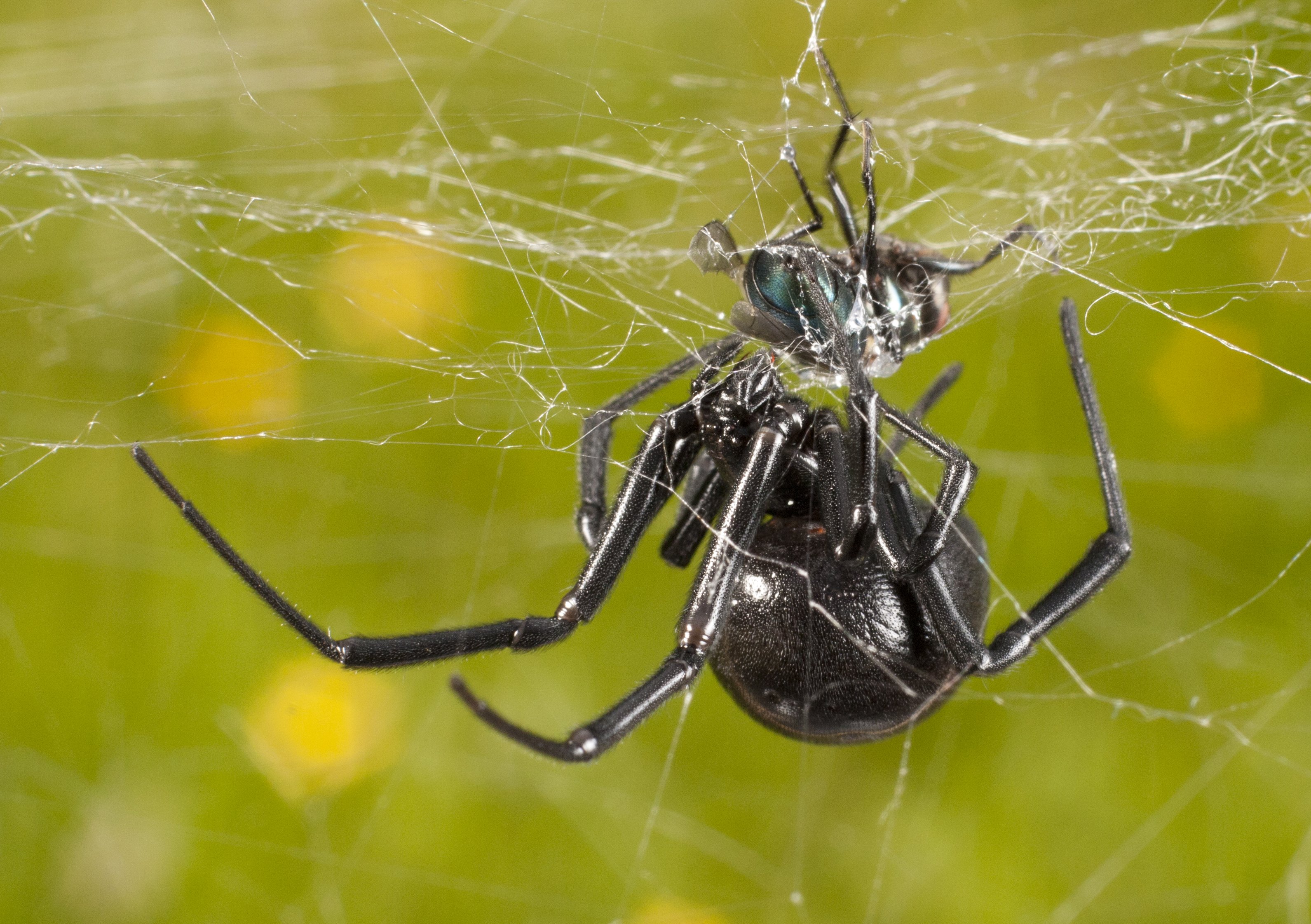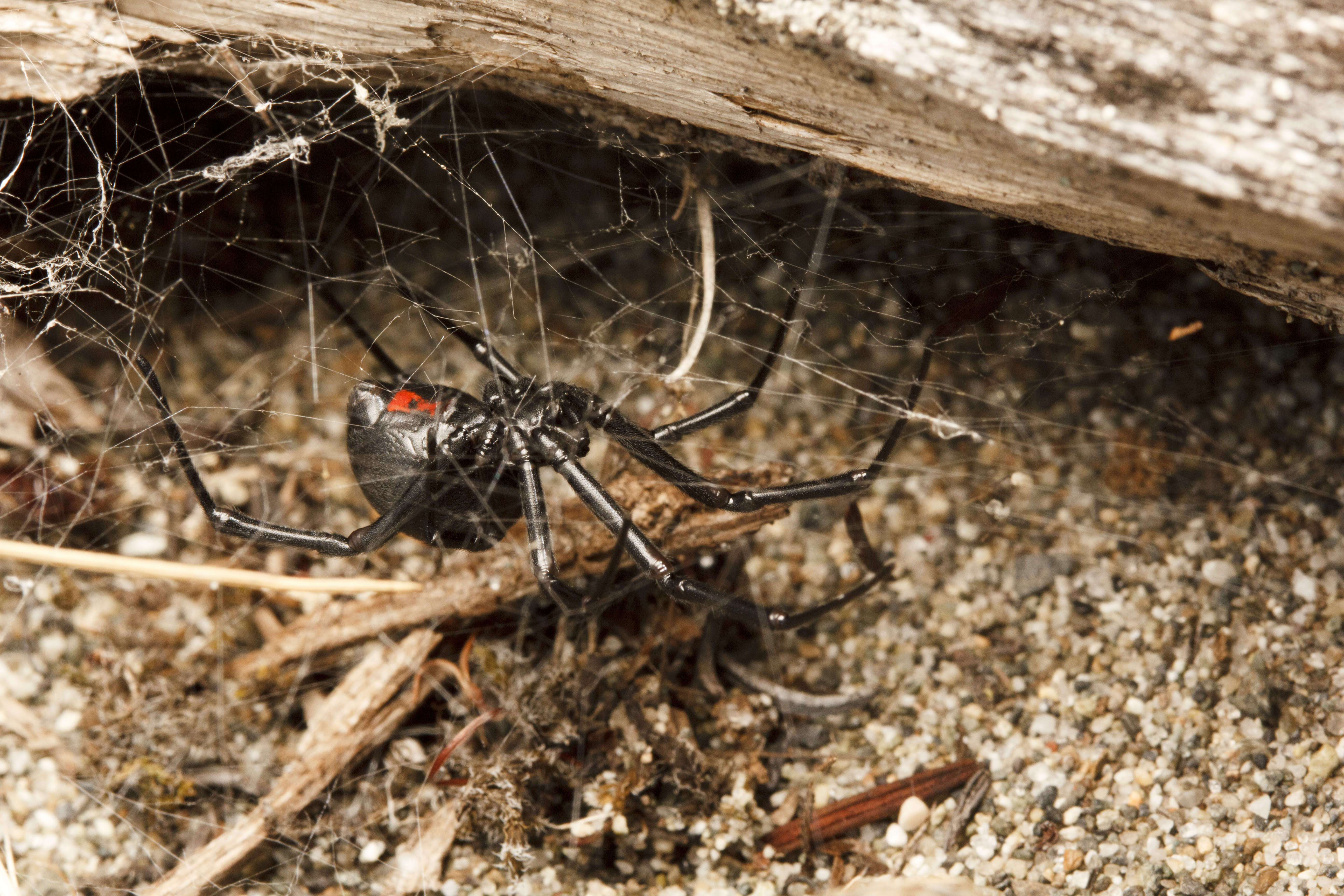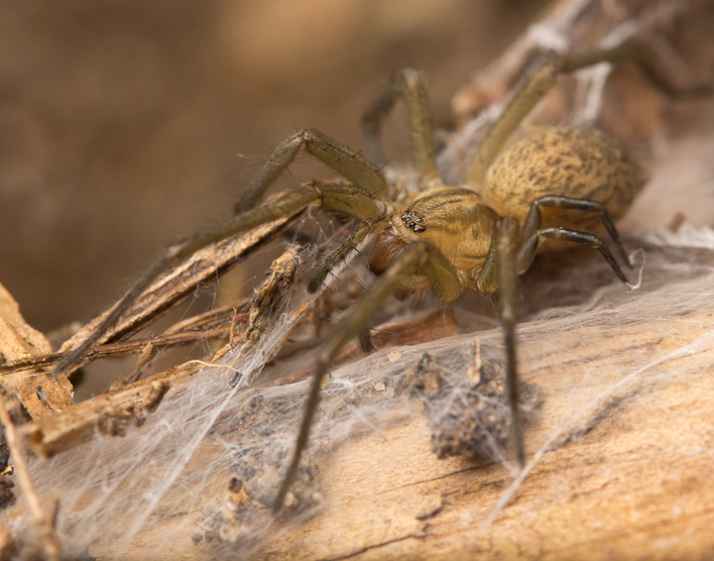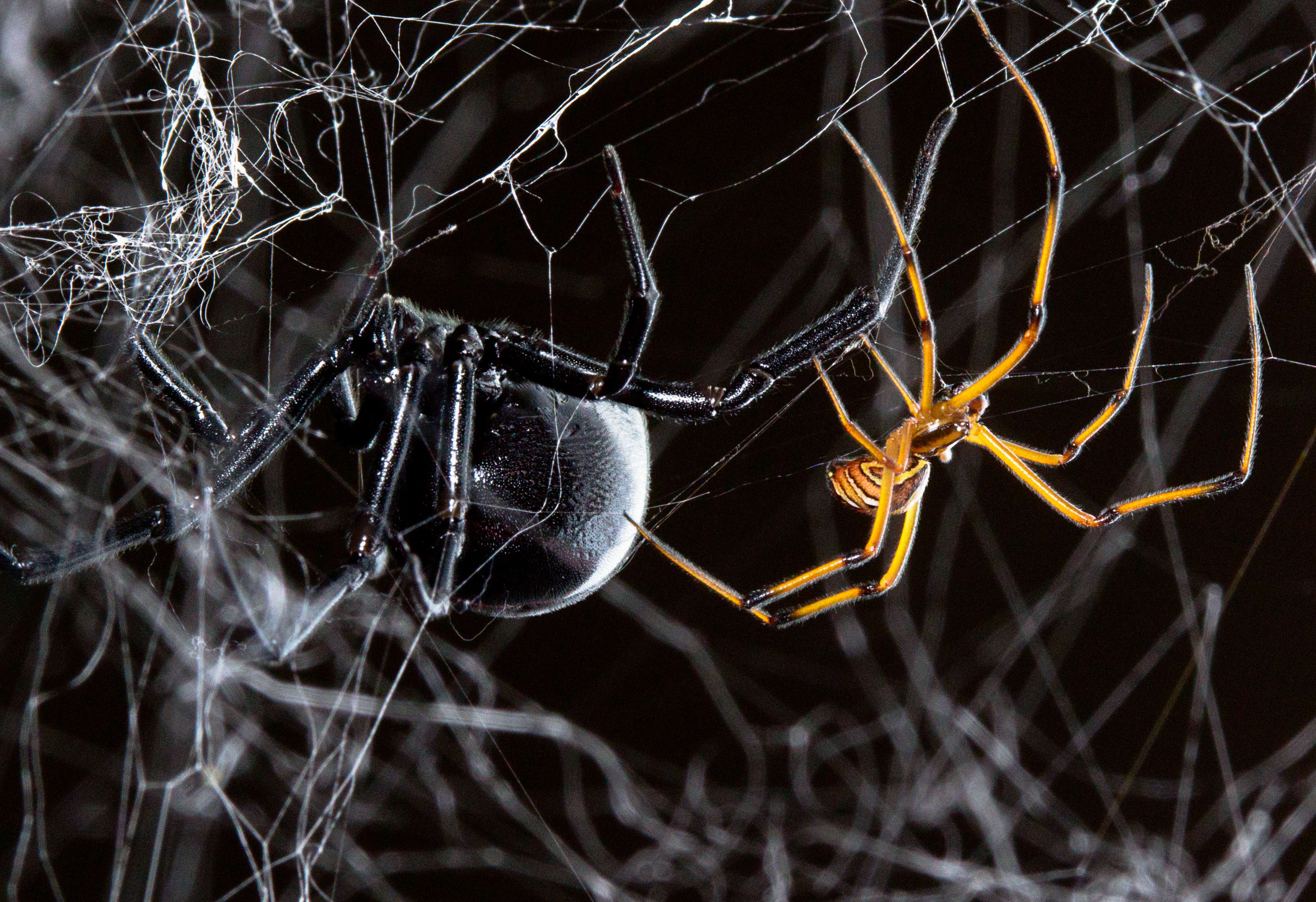This post originally appeared on Chris Buddle’s blog Expiscor at Scilogs.com.
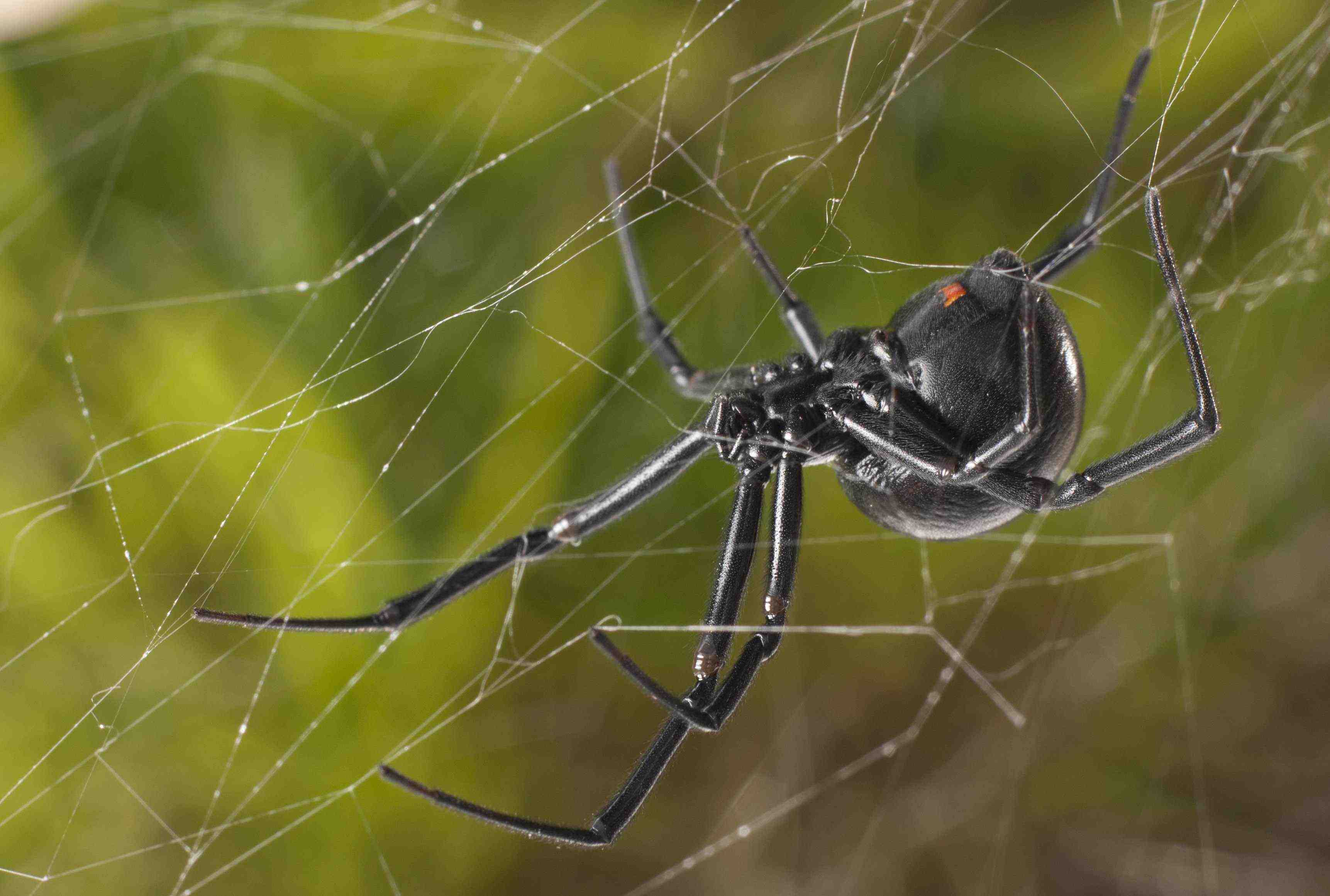
A stunning female western black widow (Photo: S. McCann)
People seem to have a particular fear mixed with fascination when it comes to venomous animals, and whenever I talk about my work with black widows I am invariably asked questions like, “have you been bitten yet?” The answer is, of course, no. Spiders almost never bite people. I’m always quick to relate that in my experience black widows are not aggressive, even when I go around poking and prodding them with my bare hands.
Replicated experimental results always carry more weight than anecdotes, however, so I am delighted to share this recent paper: Poke but don’t pinch: risk assessment and venom metering in the western black widow spider, Latrodectus hesperus.
Hey look!! An actual peer-reviewed research paper about the poking, prodding, and pinching of black widows, confirming that they are reluctant to bite, even when threatened. Not only that, but the study provides some cool data suggesting that these spiders are capable of assessing risks to make decisions about how to defend themselves.
Here are the details:
David Nelson and his coauthors wanted to know if black widows change their defensive behaviour depending on the level of threat they are faced with. To find out, they used gelatin ‘fingers’ to place spiders in three different threatening situations: a ‘low threat’ attack was a single poke with one finger, a ‘medium threat’ was a series of prods simulating a more persistent attacker, and the ‘high threat’ was three a series of long pinches of the spider’s entire body between two fingers, as might be experienced if being grasped by a predator.
They found that the spiders engaged in several distinct defensive behaviours during these experimental attacks: retracting the legs toward the body, moving (often retreating), ‘silk-flicking’ (drawing sticky silk out of the spinnerets with last pair of legs and flinging it toward the attacking finger), ‘playing dead’ (curling up into a ball), and biting.
During low-threat, single pokes, no bites occurred. Most spiders were completely non-confrontational, simply moving away, and only rarely flicking silk. When the threat level escalated to persistent prodding, the spiders changed their defensive behaviour: roughly half of them flicked silk, some played dead, and only one spider (out of 43) attempted to bite the offending finger. Silk-flicking is much safer than biting for a black widow – she can maintain her distance while flinging sticky silk to subdue or slow down her attacker. Biting, on the other hand, requires getting up close and personal with the assailant in order to pierce it with her tiny fangs, making her much more vulnerable to injury.
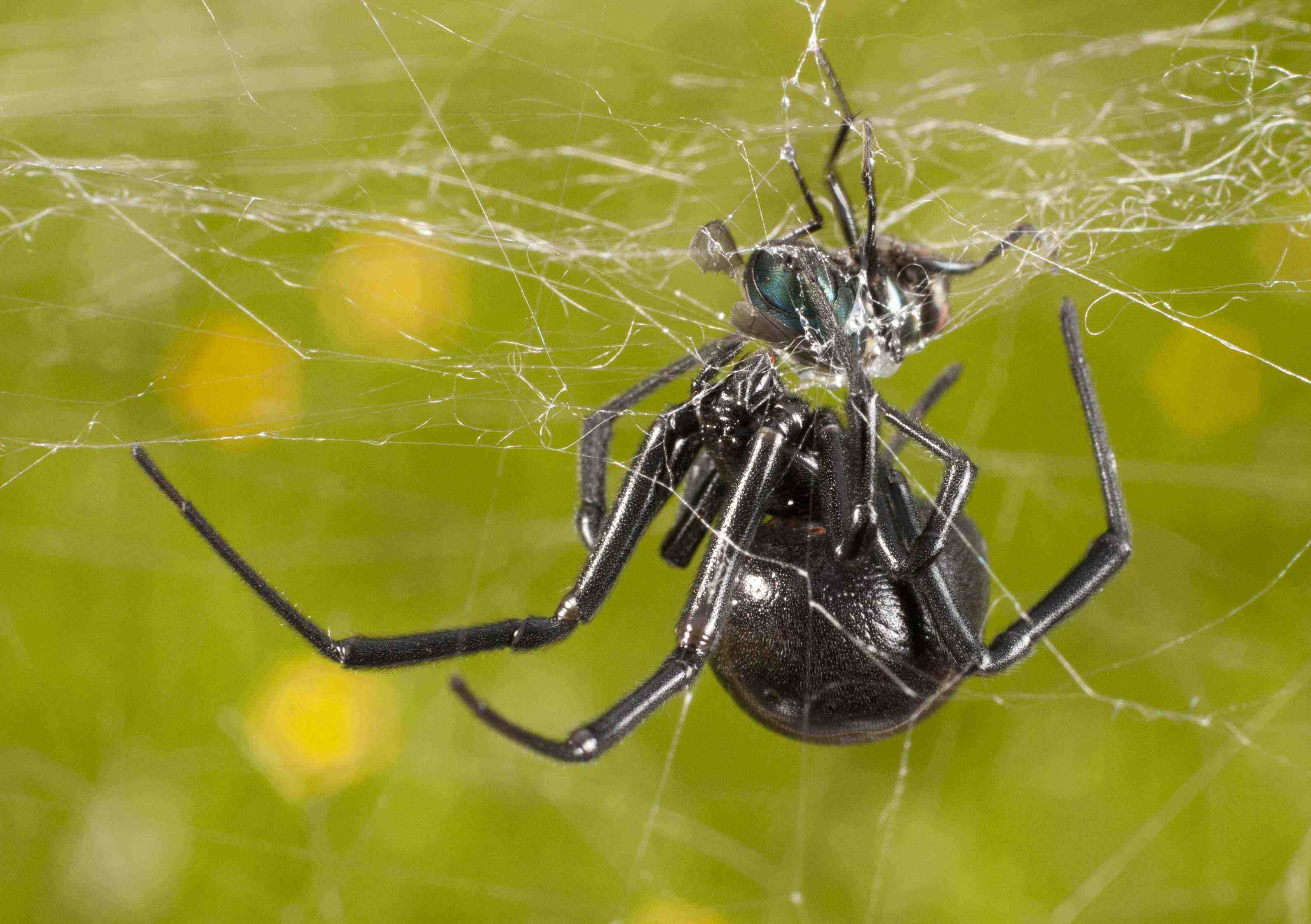
See the red tips of this black widow’s puny fangs? It’s a lot safer for her to keep her distance in threatening situations than get close enough to use them (Photo: S. McCann)
Only when the spiders were being pinched between two fingers (with the mouthparts already positioned right up against their ‘attackers’) did biting start to become a more common, last-resort tactic: 60% of the spiders bit the fingers as a result of being squeezed for an extended period of time, delivering on average 2.7 bites each. Pinching also resulted in silk-flicking by about half of the spiders, and a few played dead.
This is all great information, but when the spiders did bite the gelatin fingers, there was no way of knowing how much venom they injected, if any at all (sometimes venomous animals deliver ‘dry’ bites). The next question the researchers wanted to answer was, do the spiders control whether and how much venom they inject when biting? In particular, they wanted to know if the amount of venom injected would vary depending on the type of threat (in this case either pinching a leg with forceps, or grasping the abdomen with gloved fingers).
For this experiment they came up with a clever method to collect the venom: a small vial with a thin membrane over the opening was presented as a target for the spiders to bite. If a spider did bite, her fangs would pierce the membrane (the number of holes would indicate how many times) and any venom she expelled would be collected in the vial so the volume could subsequently be measured.
It turned out that more than half of all bites were dry (no venom was detected in the vials). The black widows delivered more bites per target when they were pinched on a leg than on the abdomen, but more venom was released with each bite when the abdomen was pinched. Being grasped by the body is a high-risk situation for a black widow because her abdomen is unarmored and vulnerable; a strong squeeze or puncture can be deadly. Pinching a single leg, on the other hand, represents a non-life threatening attack. Spiders can autotomize (drop) their limbs and survive without significant ill effects.
The team also found evidence that the spiders delivered more venom per bite when repeated threats were spaced 5 minutes apart than 5 seconds apart. Attacks after the longer intervals might have been interpreted as coming from new assailants, each requiring a larger dose of venom than a second or third bite to the same persistent attacker.
The results all indicate that black widows have fine control over how much venom they inject when biting. First, they can decide whether or not to use venom at all. Some spiders gave dry bites, then wet bites, as well as vice versa, demonstrating that dry bites were not simply a result of running out of venom. Furthermore, they can vary the amount of venom they inject during individual bites and in response to different kinds of threats.
Both silk and venom are metabolically expensive to manufacture, so it makes sense that spiders would be selective about when and how much of these resources to deploy in defense. This study suggests that they are able to assess risks and adjust their responses accordingly, only dipping into their reserves of silk and venom as the threat level escalates towards a life-or-death situation.
What does this all mean for humans? Grabbing and pinching spiders is generally not a good idea – they might get injured and could bite defensively. This is just good sense and didn’t require a scientific study to confirm, but the new data suggest that even if a black widow does bite, she’s not necessarily going to inject any venom. It’s also important to note that in the experiments where bites did occur, the spiders always had a ‘finger’ or target placed in direct contact with their mouthparts.
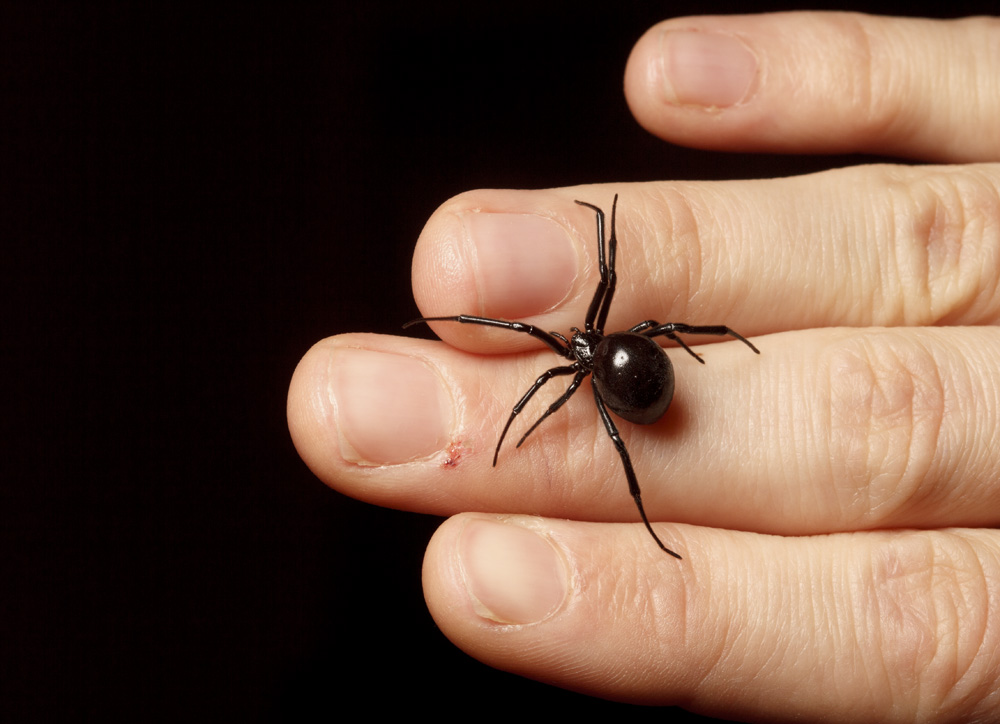
An unaggressive female black widow takes a stroll across my hand. Although I never grab spiders to pick them up, coaxing them onto my hands and letting them wander around on their own steam has never been a problem. (Photo: S. McCann)
The most exciting thing this study tells us is that spiders can make decisions about how to respond to threats (which sometimes include humans) – further evidence of their incredible sophistication. Perhaps more importantly for the arachnophobic, it suggests that black widows would much rather conserve their valuable venom for use in dispatching their next meal than waste it on a human who is of no interest as prey!
Spiders in general are amazing creatures worthy of our admiration and respect. I hope that this new information about black widows might convince some that there is more about them to be fascinated by than to fear!
References and related reading:
Nelsen, D. R., Kelln, W., & Hayes, W. K. (2014). Poke but don’t pinch: risk assessment and venom metering in the western black widow spider, Latrodectus hesperus. Animal Behaviour, 89, 107-114. http://dx.doi.org/10.1016/j.anbehav.2013.12.019
Vetter, R. S. (1980). Defensive behavior of the black widow spider Latrodectus hesperus (Araneae: Theridiidae). Behavioral Ecology and Sociobiology, 7(3), 187-193. doi:10.1007/BF00299363
W. Cranshaw (2014). Western widow fact sheet: http://www.ext.colostate.edu/pubs/insect/05605.html
